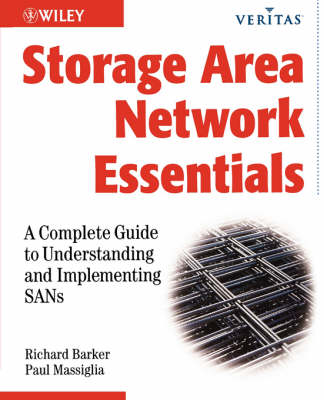Veritas
2 primary works
Book 2
Book 7
The rapid growth of e-commerce and the need to have all kinds of applications operating at top speed at the same time, all on a 24/7 basis while connected to the Internet, is overwhelming traditional data storage methods. The solution? Storage Area Networks (SANs)--the data communications technology that's expected to revolutionize distributed computing. Written by top technology experts at VERITAS Software Global Corporation, this book takes readers through all facets of storage networking, explaining how a SAN can help consolidate conventional server storage onto networks, how it makes applications highly available no matter how much data is being stored, and how this in turn makes data access and management faster and easier. System and network managers considering storage networking for their enterprises, as well as application developers and IT staff, will find invaluable advice on the design and deployment of the technology and how it works. Detailed, up-to-date coverage includes:
- The evolution of the technology and what is expected from SANs
- Killer applications for SANs
- Full coverage of storage networking and what it means for the enterprise's information processing architecture
- Individual chapters devoted to the storage, network, and software components of storage networking
- Issues for implementation and adoption

